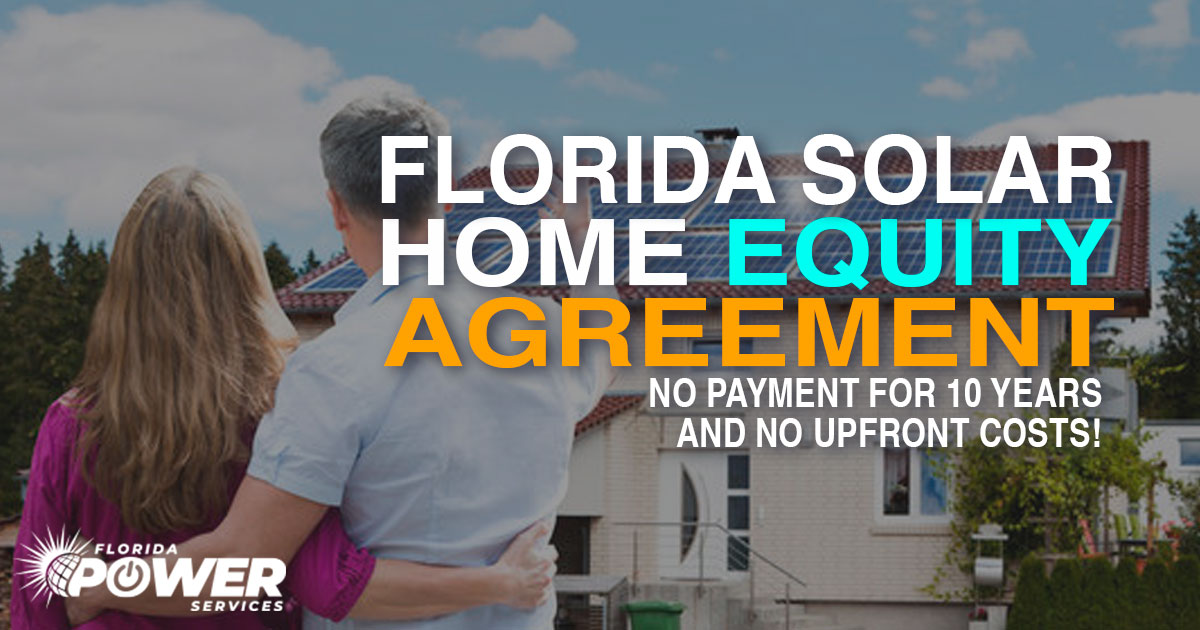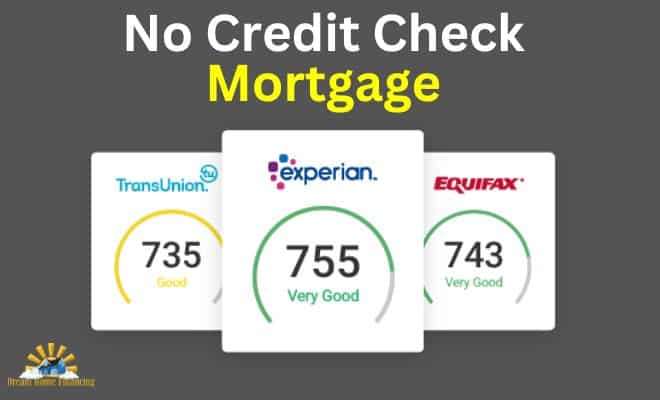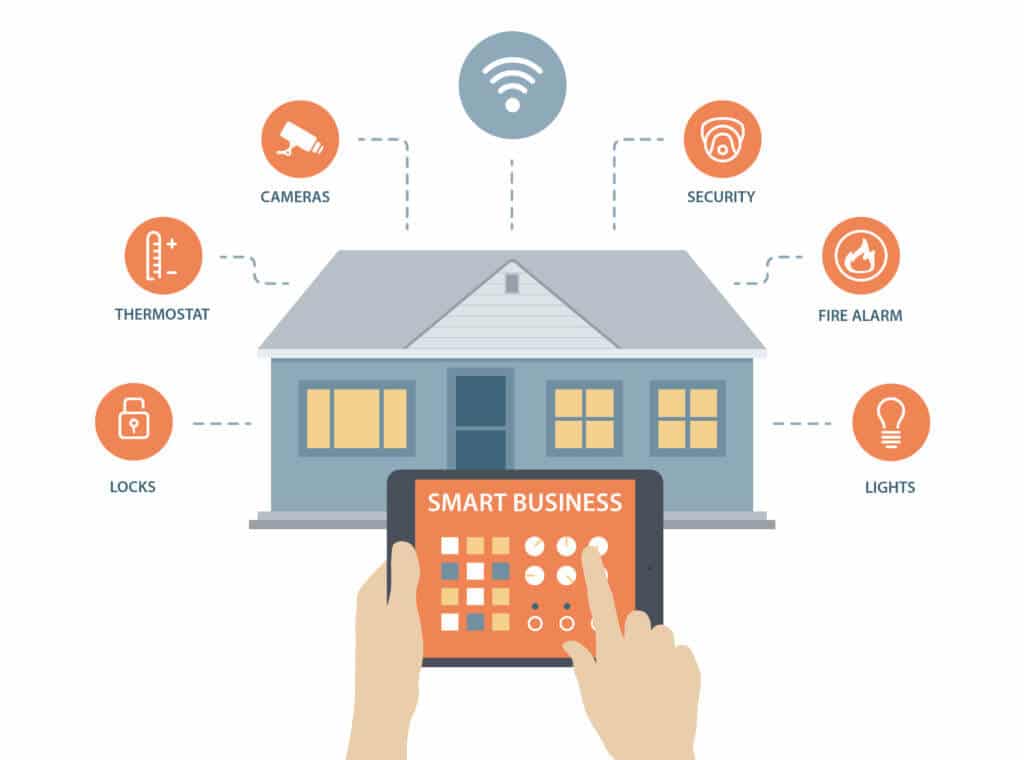Home Security No Credit Check No Upfront Cost

Home security just got more accessible: new programs are emerging that offer installation and monitoring without upfront costs or credit checks. This could be a game-changer for vulnerable populations and those previously priced out of the security market.
These programs aim to bridge the security gap by eliminating traditional financial barriers, expanding protection to a broader range of households.
The Rise of "No Barrier" Home Security
Several companies are pioneering this approach, offering basic security packages that include door and window sensors, motion detectors, and professional monitoring.
The key difference? No credit check required. Installation fees are often waived, or spread out over the monthly monitoring cost.
Who is Offering These Programs?
While specific company names are evolving rapidly in this space, early adopters include smaller, regional security providers and some larger national companies testing pilot programs. Research "home security no credit check" online to find local providers.
Companies like SafeStreets and ADT have been known to offer flexible payment plans in some areas, though specific "no credit check, no upfront cost" options may vary by location and promotion.
What Does "No Credit Check" Really Mean?
Instead of relying on traditional credit scores, these companies often assess risk based on other factors.
This can include employment history, length of residence, or providing proof of utility payments.
Where Are These Programs Available?
Availability is currently limited, with programs concentrated in urban areas and communities identified as having high crime rates or facing economic hardship. Some programs are geographically restricted due to partnerships with local law enforcement or community organizations.
Contacting local security providers is crucial to determine availability in your specific area.
When Did This Trend Begin?
The trend towards accessible home security started gaining momentum in the last year, driven by increasing demand for affordable protection and growing awareness of the security gap among low-income households.
The COVID-19 pandemic and subsequent economic instability further fueled the need for flexible payment options.
How Does the Pricing Work?
While there's no initial cost, the monthly monitoring fees are typically higher compared to traditional security systems. The higher cost is to offset the risk of non-payment.
It's vital to carefully compare the long-term costs and contract terms before signing up.
Potential Benefits and Risks
The most obvious benefit is increased security for individuals and families who might otherwise be unable to afford it. This can lead to reduced crime rates and a greater sense of community safety.
However, it's important to be aware of potential risks, such as hidden fees or long-term contracts that are difficult to cancel.
Key Considerations Before Signing Up
Read the fine print: Understand the contract terms, including cancellation policies and potential penalties.
Compare pricing: Check the monthly monitoring fees and any other associated costs.
Verify the company's legitimacy: Research the company's reputation and read online reviews.
Moving Forward
The rise of "no barrier" home security represents a positive step towards making safety more accessible. As more companies enter the market, competition is likely to increase, potentially driving down costs and improving service offerings.
Consumers are encouraged to research available options and carefully evaluate their individual needs before making a decision.
Keep monitoring local news and community resources for updates on program availability in your area.


















